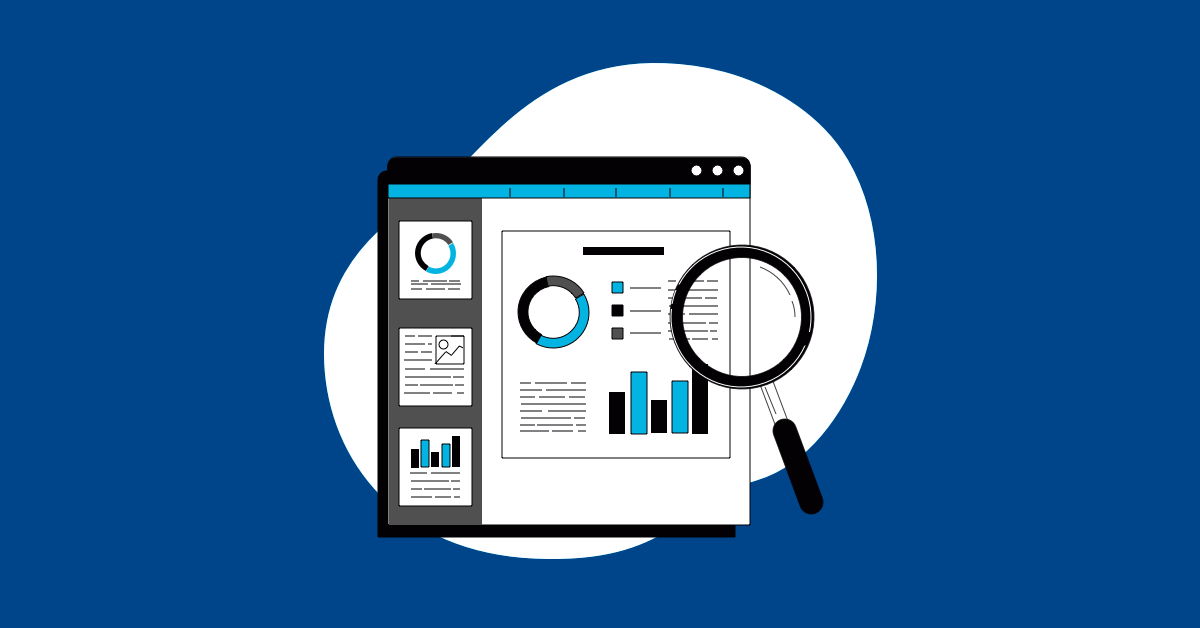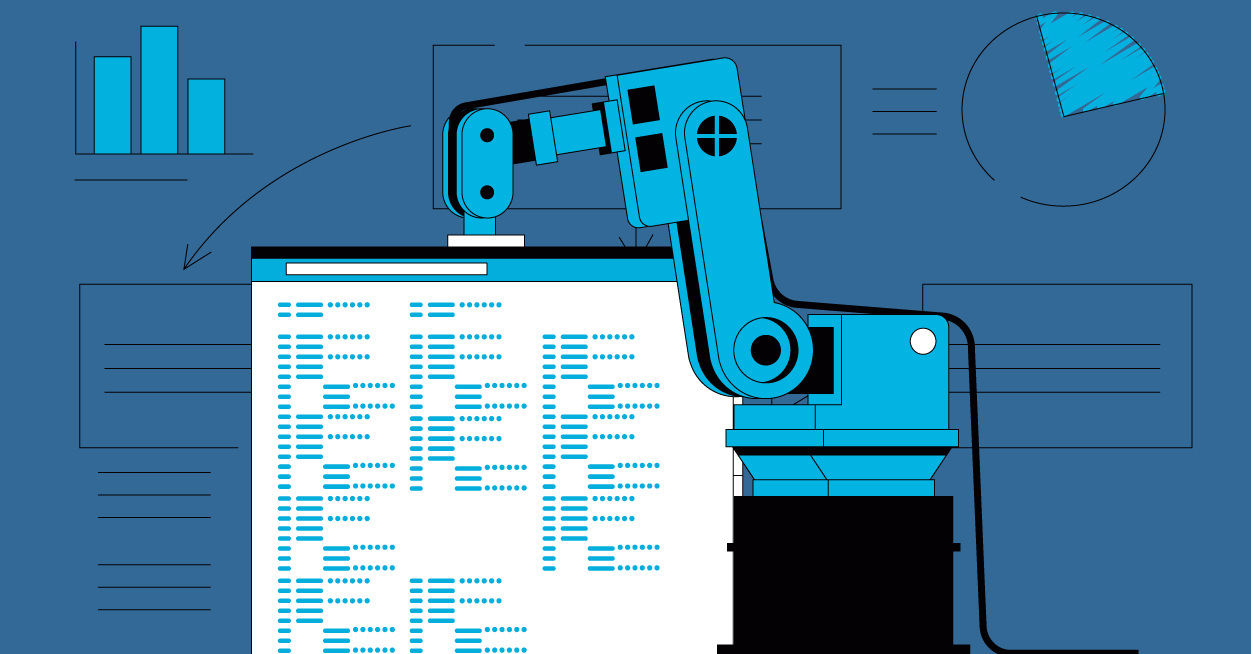The tech industry is becoming more competitive. With faster release times, more complex software, and increasing quality standards, it’s no wonder that retention rate benchmarks are so hard to reach.
However, the better apps have a retention rate of closer to 50%, and they do this with the help of intelligent QA systems for their testing. Testing early and often is the key to competing, and QA on testing is how you make sure your testing is done right, often, and with the highest standard to cut costs and save time while still producing a secure and engaging product.
These QA strategies employ a range of testing metrics to focus on, three of which we’ve identified as being particularly valuable in this article. But, before that, let’s go over why QA metrics are important and how they can be categorized.
The Definition and Significance of Quality Assurance Metrics
QA in testing is what allows us to understand the functionality and reliability of our software, as well as measures of efficiency and user-friendliness, and anything else that creates value in the product. The idea of QA is to present to us any discrepancies in the standard of these goals as they arrive rather than after the fact.
Then, quality assurance metrics are the specific indicators that we use to evaluate these factors and how close they are to our goals and prevent defects from being created. The metrics give us a quantitative value of how close reality is to our goals, and allows us to catch anything unusual, early on.
Metrics are how quality is measured and displayed objectively; for this reason, they’re crucial to continuous improvement in software development.
Building and maintaining software involves considerable effort and resources and requires an equally intensive and robust system of QA that covers all aspects of the process. Metrics, therefore, allow the measurement and review of these QA strategies and allow teams to see what’s working and what isn’t.
This is a significant part of the strategy itself, in that every approach needs to be assessed, reviewed, and adjusted to maximum effect. For so many applications of QA metrics, there are understandably many categories of metrics. Let’s take a look at some of those now.
The Categories of Different QA Metrics
The different test metrics represent the different types of tests and the stages and phases of the product lifecycle. Here are some of the different types of test metrics that teams track:
- Coverage – Metrics that track the tested application areas fit into this category. There are coverage metrics for each type of test, be the unit tests, regression tests, or manual and exploratory tests. Each one has a coverage metric that lets you know which areas it covers. If the tests work and are up to standard, coverage testing can determine unknown vs. known defects in different software parts.
- Defect distribution – Once defects are found, it’s useful to know how they are distributed across the software, as in, where they are primarily located, and which areas are more prone to them than the others. You can do this by tracking metrics such as the percentage or the total number of defects, their severity across different modules or platforms, or other categories that break up your software into a distribution map. These metrics are particularly good in the long run to assess the efficiency of your development protocols.
- Test efficiency – This is a relatively easy set of metrics to follow in most cases. Metrics like the percentage of passed and failed tests fit into this category and give an overview of the efficiency of your test cases.
- Regression – A smooth integration of new features relies on carefully designing and implementing the code, and regression tests identify where this new code creates problems. The rate of these problems, or defects, is an important metric to track to assess how well your integration processes are working and where issues may arise. Making changes to these processes will result in different outputs in metrics tracked in this category, and these outputs will show what is working and what isn’t.
- Effort – Even just how much effort your testing uses can be measured in several ways and is useful to track. The total number of tests run, how long they take, and how soon bug fixes are tested are all good metrics to assess the overall effort of your testing.
- Test economy – These metrics track how efficient your testing is in terms of cost. Dividing the testing outputs by the staff or the tools involved can give you an average price for each test, and this is good for assessing budgets and identifying areas to spend on or cut from.
These are just a few of the categories QA metrics fall into, but which are the most important metrics themselves? We’ve picked three that are well worth considering, and we’ll go into why in the next section.
Three Essential Quality Assurance Metrics You Should be Tracking.
Of all the metrics under all the categories, some can solve a lot of problems at once. In reality, it’s impossible to get a comprehensive QA strategy with only three trackable metrics, but these should certainly be on your top priority list:
- Defect Detection Percentage (DDP) – If you can divide the total number of defects found in your tests by the total number found overall, you’ll be left with the percentage of defects your testing finds. This is a straightforward metric of the efficiency and quality of your testing measures, and that’s what makes it so important. The great thing about this metric is that the formula is as simple as it gets. So you’ll be able to set thresholds for action, for example, by using targets of 95% DDP, anything lower, and you’ll be forced to take action to adjust your approaches.
- Cost of Defects – This metric gives insight into why you might want to improve your DDP. For example, if you’re catching all the major defects and you’re letting 10% through with a 90% DDP, the cost of that 10% is important to figure out. Allocating resources to improving your DDP, in this case, is only sensible if the percentage that is slipping through the cracks is more expensive than the cost of catching them would be. To establish DDP, add up all the costs of labor involved in finding the defects in the previous project. Divide the cost by the number of bugs, and you’ve got an average cost per defect.
- Test Reliability – This might be the most relevant metric for QA. And again, the formula is simple. Comparing the results to what is a standard shows you how many failed tests were because of the test itself rather than the bug. This, in turn, gives you an idea of where to look for, why the test failed, and how to improve it. Therefore, measuring your tests’ reliability should be one of the first metrics to track for an ongoing QA strategy.
Conclusion
To keep your users engaged past the 90-day mark, your app needs to be responsive, engaging, and above all, high-quality. This quality can’t be achieved by simply checking the final product; instead, the entire process needs to be monitored, tested, and assessed for quality as it’s being built.
For your QA strategy to be as efficient as possible, focus on key testing metrics. Three of these are DDP, Cost of defect, and test reliability. From these metrics, you’ll be able to glean useful information about how well your processes are working and what it could cost to adjust them.




%20(1).png?width=150&height=69&name=MuukTest-logo---light-background%20(3)%20(1).png)
